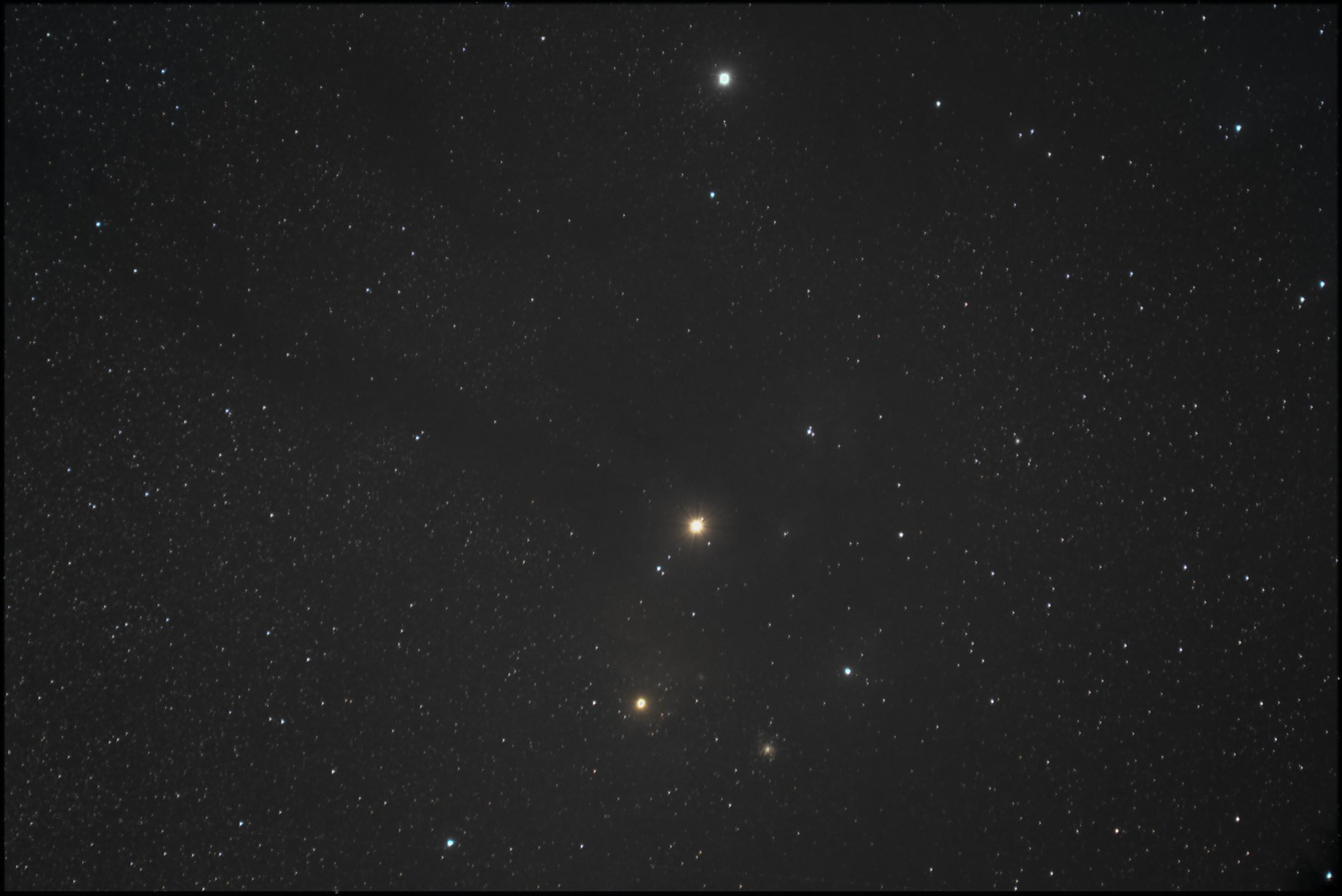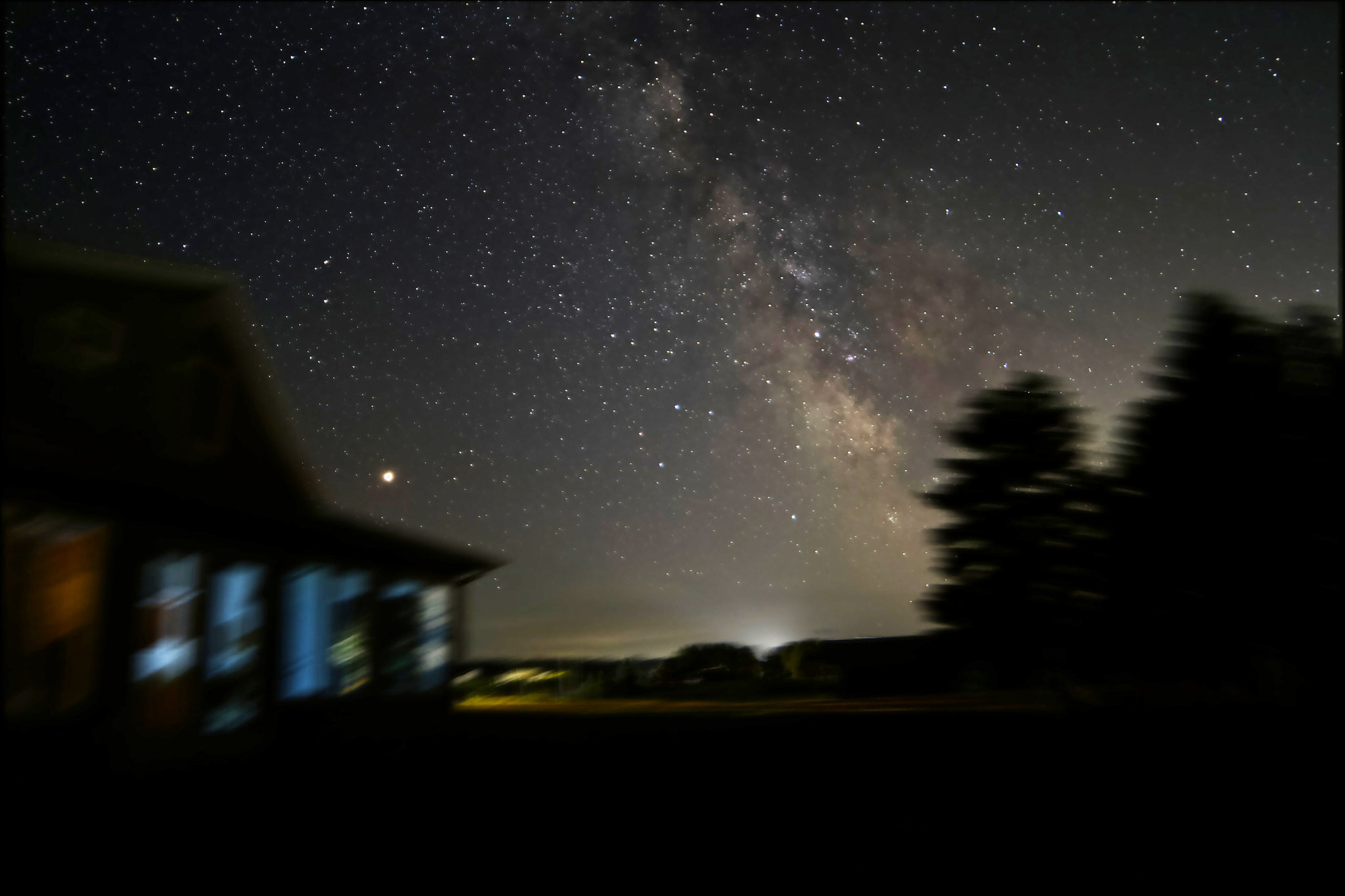IN THIS light-polluted, screen-obsessed time, learning the stars probably doesn't rank high on many to-do lists. That's too bad. It's really not that difficult to develop at least a passing acquaintance with the universe around us.
And it's free, at least before you get hooked enough to start buying equipment. Once you get a feel for the patterns and motions of the stars, you get a new appreciation for how our planet fits into the scheme of things.
There's a lot of talk about reality this and reality that, these days. Well, turn off the TV, step outside on a clear night and there's a beautiful reality for you. It's home. We're hitching a ride on a hunk of rock circling a huge nuclear furnace, our sun, which is a pretty ordinary star among the 400 billion or so that make up our Milky Way galaxy alone.
This is a good time of year for getting to know our cosmic neighbourhood - at some point, surely, we'll enjoy real spring temperatures, before the invasion of the insect world has yet to begin.
Celestial guidebooks
Before you venture out under the stars, make sure you spend some time indoors with some good guidebooks. I have sung the praises of Nightwatch (Firefly Books) before in this space, and I may as well repeat the chorus. Canadian astronomer Terence Dickinson offers an appealing, informative source of information for the beginning and intermediate stargazer.
A couple of other Firefly publications may help as well. These are lower-cost alternatives to larger format tomes such as Nightwatch. Practical astronomy: A Beginner's Guide to the Night Sky, by Storm Dunlop, covers the whole gamut of amateur astronomy, while the title of the Moon Observer's Guide, by Peter Grego, explains its purpose.
Both publications have their good points, which I'll get to, but let's get the quibbles over with first. With any guidebook, I want to know the background and expertise of the author. Strangely, the books offer no information at all about Dunlop or Grego. Both are based in Britain, and a Google search revealed they are prolific writers and members of the astronomical community.
Dunlop's book calls itself a beginner's guide but doesn't pitch itself to the younger reader, and that's probably a smart move.
Only young adults and older readers who have a serious interest in the hobby would likely get through this book: Dunlop offers a lot of information here.
But it's almost too much of a good thing. This compact volume is stuffed with graphics, sidebars and illustrations. There are no obvious divisions of content, so everything tends to run together.
But if you are intent on absorbing as much as possible about this hobby, this is a reasonably priced, valuable volume. I particularly like Practical Astronomy's mini-tables of contents that direct the reader to pages within a section that refer to more specific observing topics.
I'm also impressed with the Moon Observer's Guide. Like many such volumes, it's organized by lunar days - that is, the first day after new moon, Day 2 and so on. Each section includes a map of that particular slice of moon, accompanied by descriptions of the craters, "seas" and other lunar sights to be seen during that phase.
Grego also gives tips on instruments best suited for observing the moon, as well as pointers on photography, videography and drawing your observations. The final chapters offer a glossary of terms and information on eclipses and exploration programs such as Apollo.







